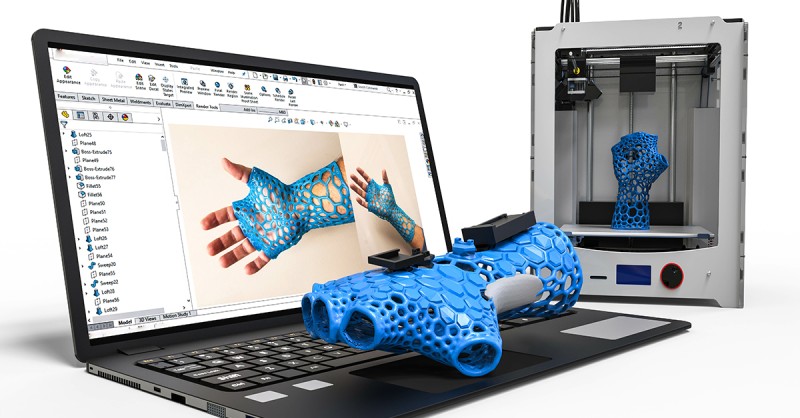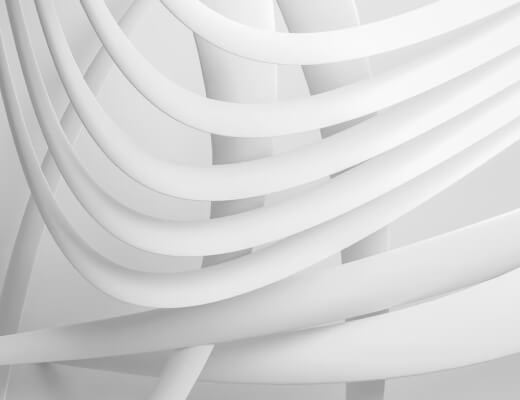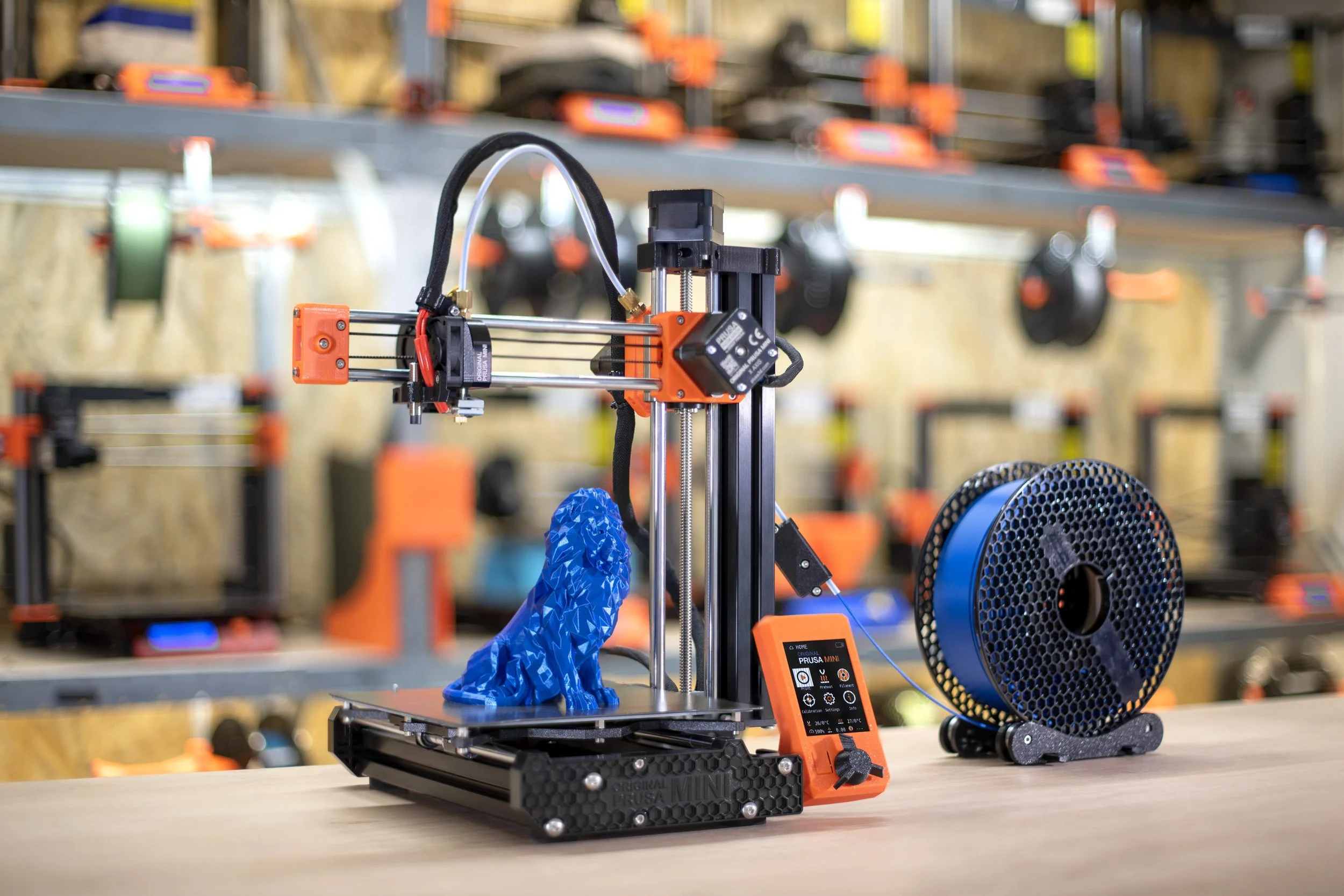3D printing has transformed how designers, engineers, and makers bring ideas to life. But a brilliant design on screen doesn’t always translate into a flawless 3D-printed model. Optimizing your 3D CAD models for printing is the secret to saving time, reducing waste, and achieving smooth, professional-quality results.
Whether you’re a product designer, hobbyist, or engineer, these best practices will help you prepare models that print successfully every time.

🔑 Why Optimization Matters
- 🚫 Avoid print failures — poorly optimized models may warp, break, or never finish printing.
- 💸 Save time and money — fewer failed prints = less wasted filament/resin.
- 🎨 Improve quality — sharper details, smoother surfaces, and functional strength.
- ⚡ Faster printing — streamlined geometry and smart orientation reduce print time.
🛠️ Steps to Optimize 3D Models for 3D Printing
1. ✅ Ensure Your Model is Watertight
- A “watertight” or manifold model has no gaps, holes, or missing faces.
- Non-manifold geometry confuses slicer software and leads to broken prints.
- Tip: Run a “Check Geometry” or “Mesh Repair” in tools like Blender, Fusion 360, or Meshmixer.
2. 📐 Scale and Wall Thickness
- Thin walls often collapse or don’t print at all.
- Minimum wall thickness:
- FDM printers → ~1.2 mm
- SLA/DLP printers → ~0.6 mm
- Scale your model to match printer capabilities and end-use requirements.
3. 🎯 Simplify Geometry
- Overly complex meshes slow down slicing and printing.
- Use mesh reduction tools to optimize without losing detail.
- Keep polygon count reasonable — especially for decorative parts.
4. 🧱 Add Supports Strategically
- Identify overhangs greater than 45° that may need supports.
- Orient models to minimize supports (saves material + post-processing effort).
- For resin printing → angle parts slightly to reduce suction and layer lines.
5. 🌀 Hollow Large Models
- Solid models use excessive material and take forever to print.
- Hollowing reduces cost and print time.
- Add escape holes to allow resin/filament removal.
6. 🪞 Orient for Strength & Quality
- Print orientation affects layer adhesion and strength.
- Functional parts → align forces perpendicular to layers.
- Aesthetic parts → orient to minimize visible layer lines.
7. 🖌️ Consider Post-Processing
- Design with sanding, painting, or assembly in mind.
- Split models into multiple parts for easy finishing and stronger joints.

⚡ Quick Optimization Checklist
✔ Watertight geometry (no holes)
✔ Adequate wall thickness
✔ Simplified, optimized mesh
✔ Correct orientation
✔ Supports only where needed
✔ Hollow large models with escape holes
✔ Consider post-processing needs
🎯 Final Thoughts
Optimizing your 3D models for printing is more than a technical step—it’s the difference between a prototype that fails halfway through and a part that looks like it came from a professional workshop.
By applying these techniques, you’ll save material, time, and frustration—while producing prints that are both functional and beautiful.


